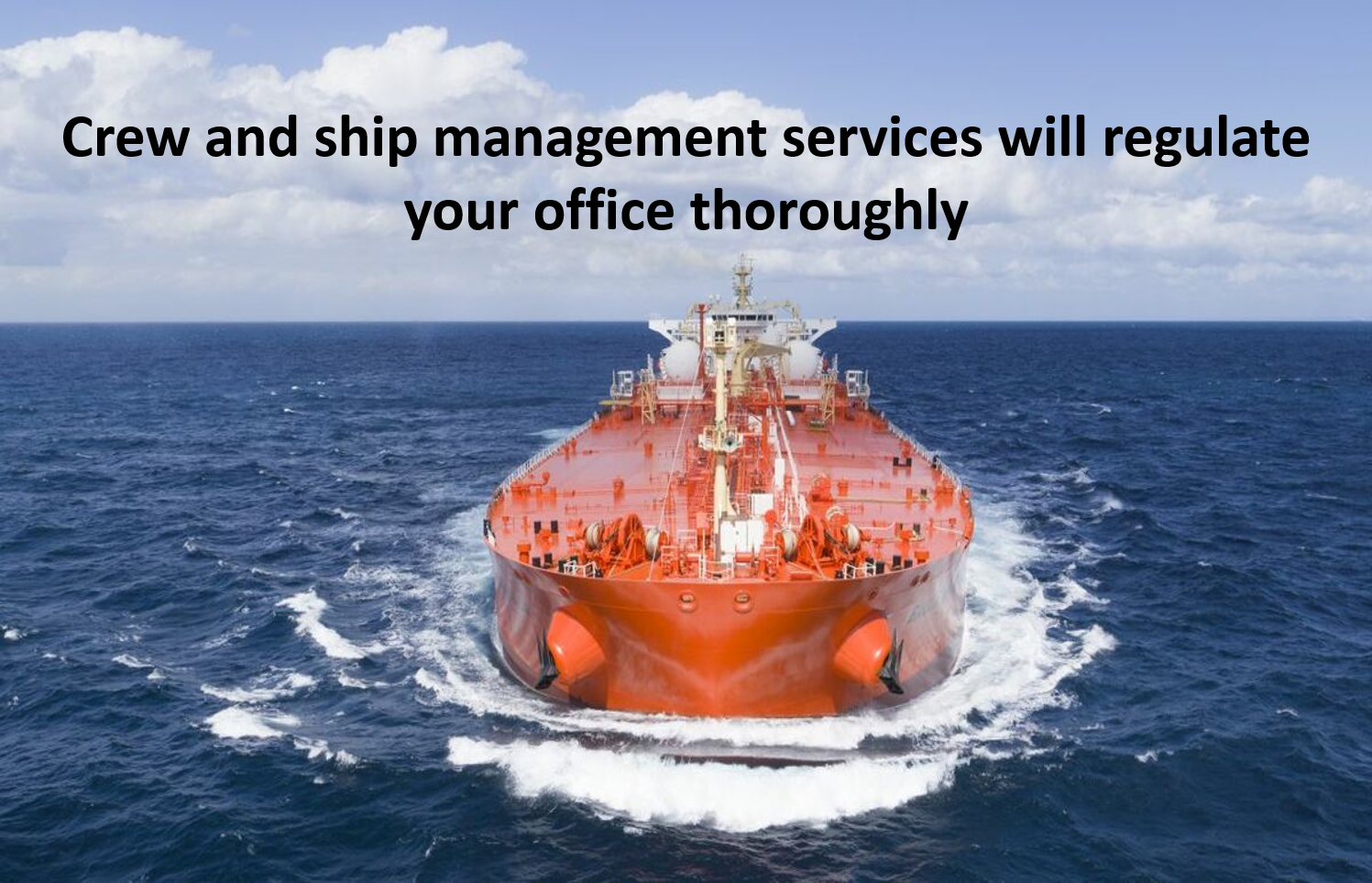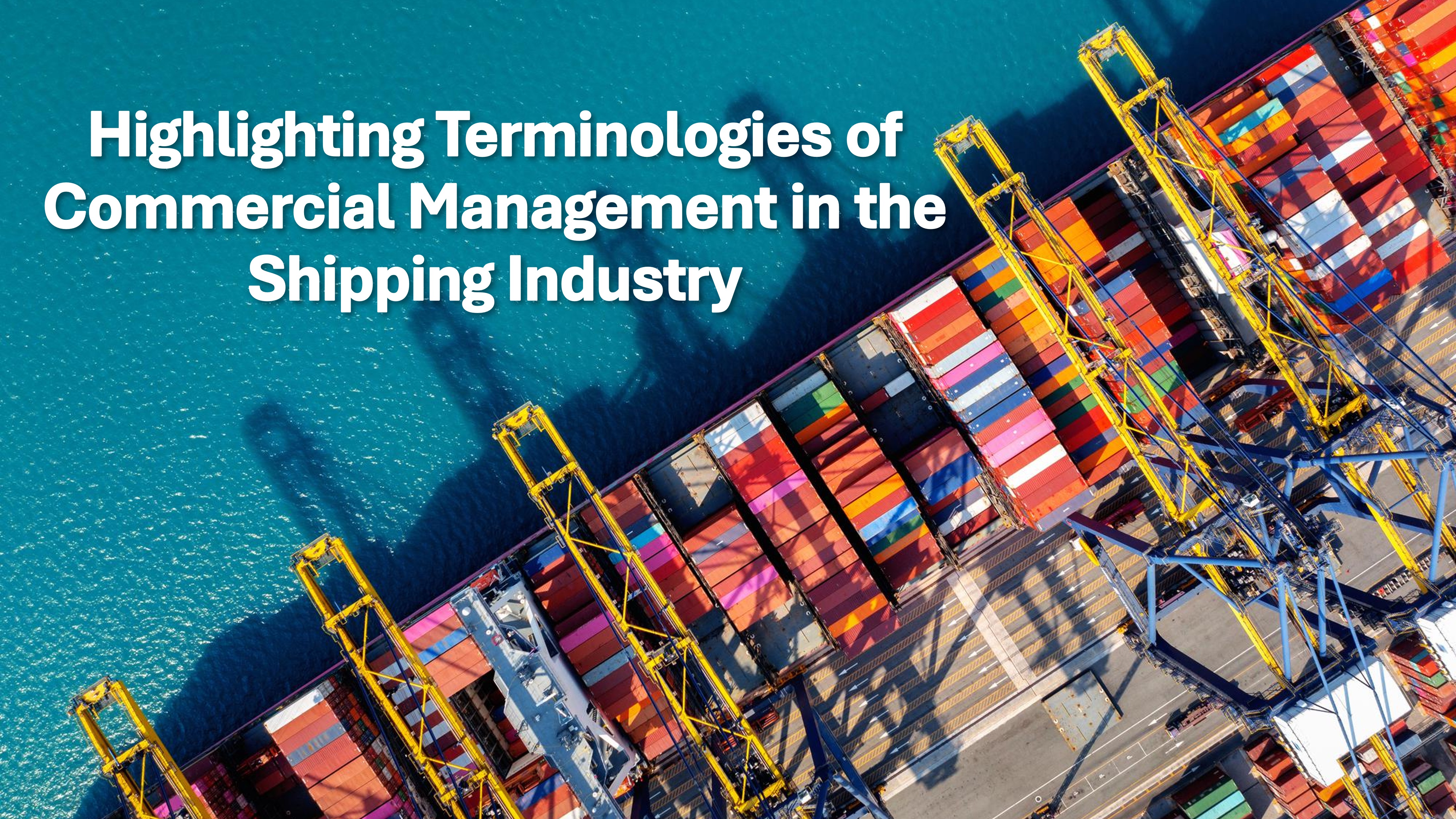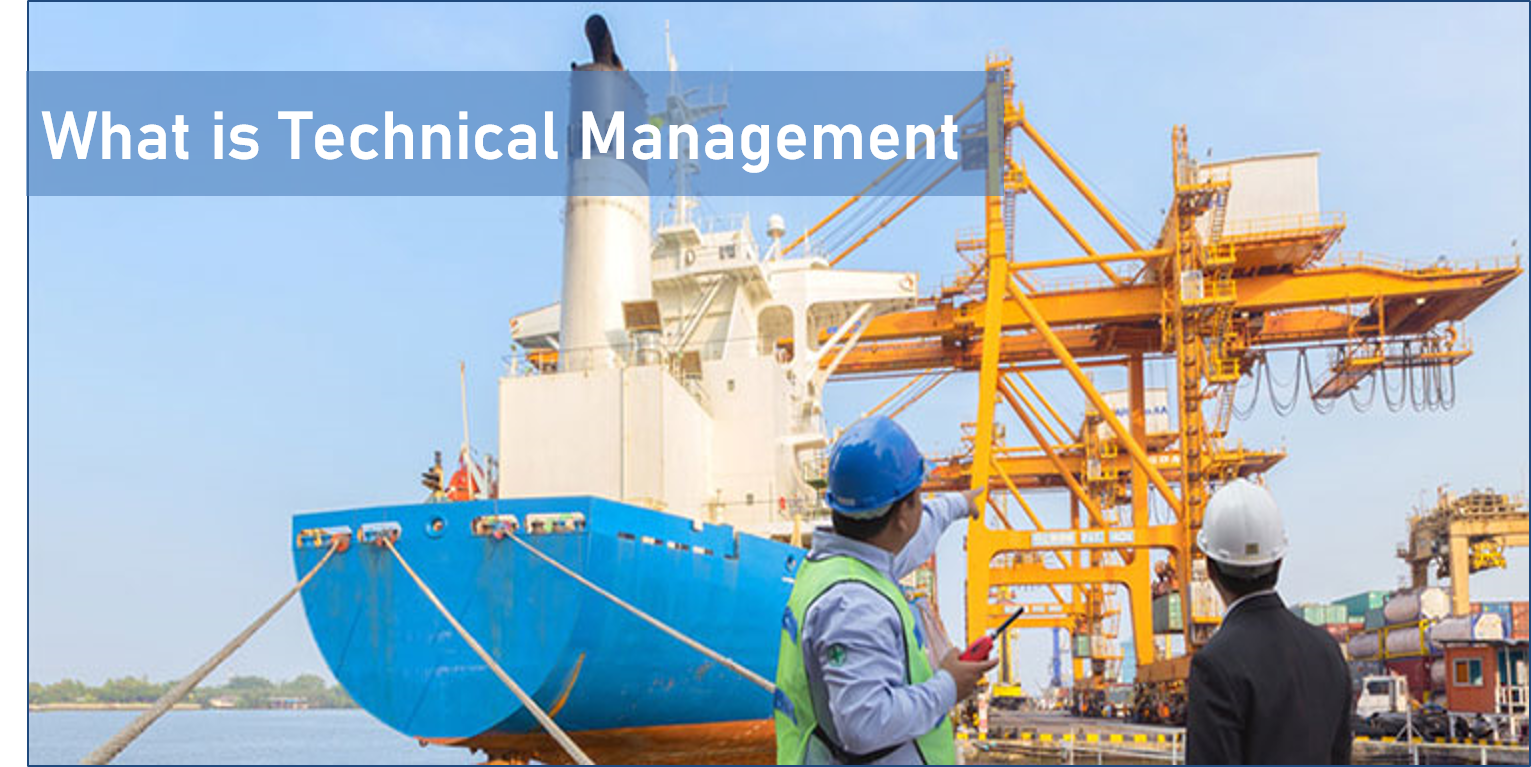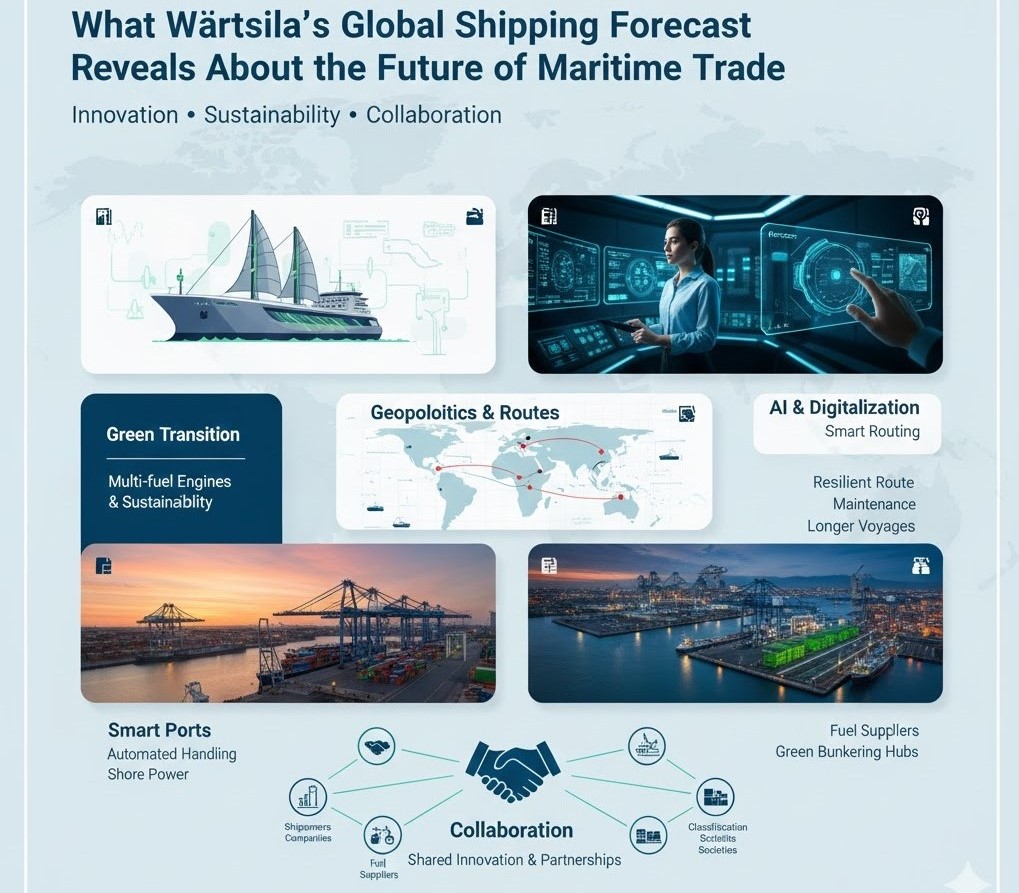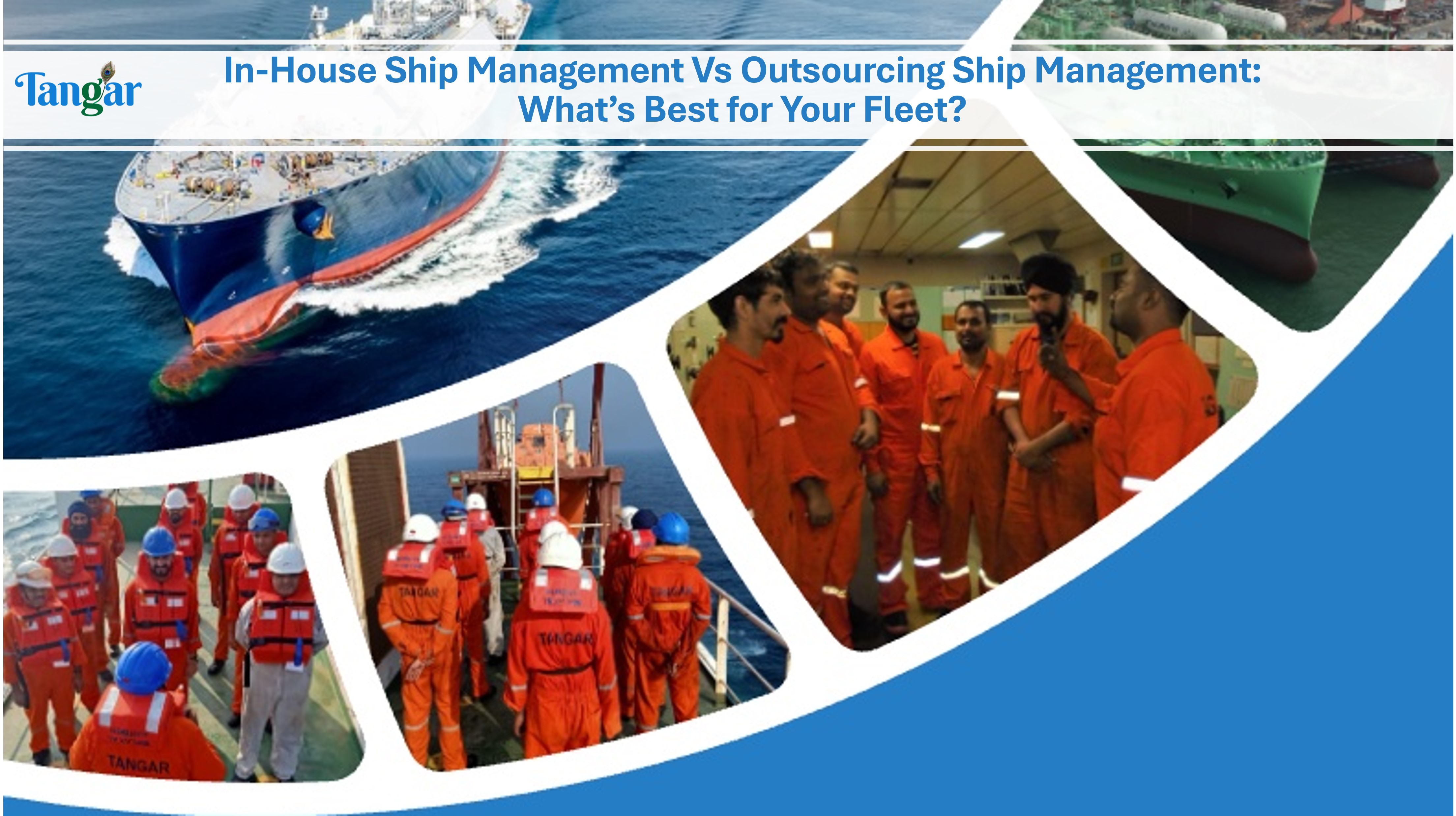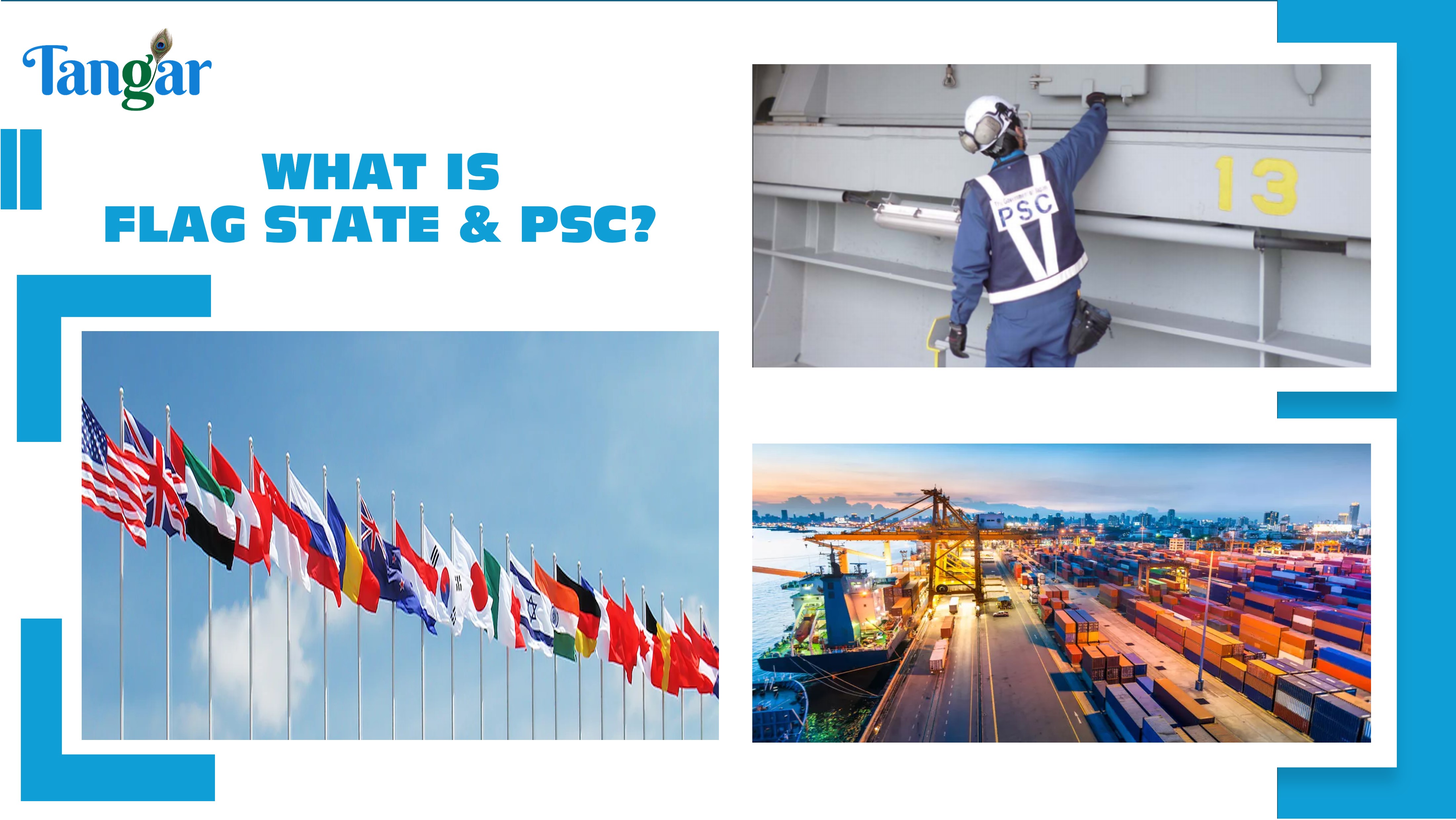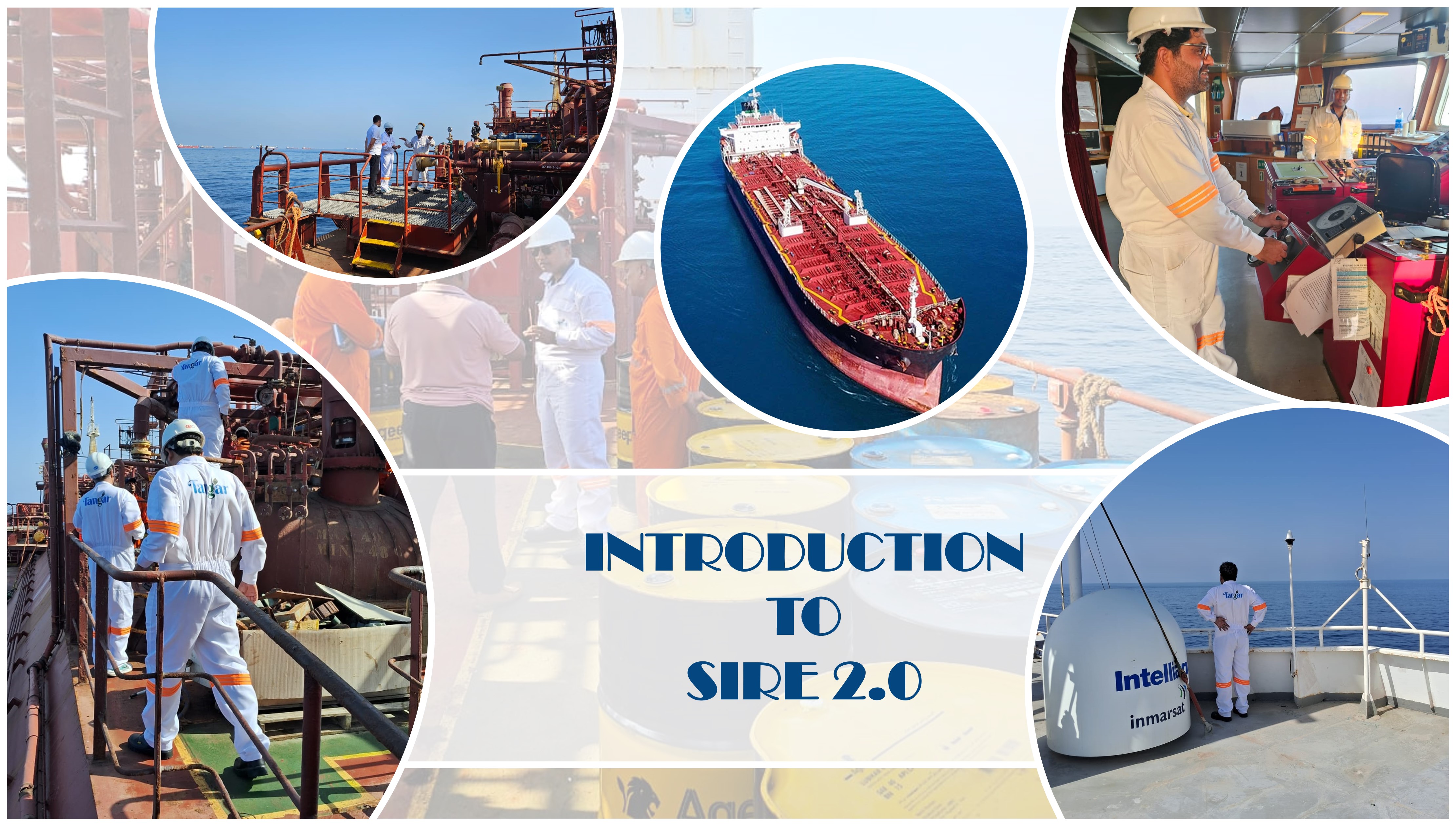
INTRODUCTION TO SIRE 2.0
Introduction to SIRE 2.0: Enhancing Maritime Safety
The maritime sector plays a crucial role in global trade, necessitating stringent safety measures to ensure efficient operations and protect seafarers navigating challenging marine environments. The Ship Inspection Report Programme (SIRE), introduced by the Oil Companies International Marine Forum (OCIMF) in 1993, was designed to address safety concerns in the tanker industry. In 2005, the scope of SIRE expanded to include barges and smaller vessels. By enabling the sharing of inspection reports among stakeholders, SIRE has improved industry transparency and driven continuous advancements in safety and operational standards.
However, as vessel operations grow more complex and human factors gain greater significance in safety management, the industry requires a more sophisticated framework. SIRE 2.0 builds on its predecessor, integrating new risk-based methodologies, a stronger focus on human elements, and digital innovations to improve safety assessments and operational oversight.
Key Enhancements in SIRE 2.0
-
Risk-Based Inspection Approach: Unlike the checklist-driven approach of the original SIRE, SIRE 2.0 employs dynamic Risk-Based Questions (RBQs). These are tailored to specific vessel types, operational environments, and voyage conditions, enabling a more in-depth and context-specific evaluation.
-
Emphasis on Human Factors: Recognizing that human behavior significantly impacts vessel safety, SIRE 2.0 includes assessments of crew decision-making, communication, and operational effectiveness. Inspectors undergo specialized training to evaluate these aspects, ensuring a holistic review of onboard safety culture.
-
Digital Transformation: Advanced technology plays a central role in SIRE 2.0. Digital inspection tools allow real-time data collection and analysis, improving the accuracy and efficiency of safety evaluations. This modernization enhances transparency and supports data-driven decision-making for ship operators and charterers.
-
Enhanced Inspector Training & Certification: SIRE 2.0 requires inspectors to undergo rigorous training and certification, equipping them with the skills to accurately assess evolving risks. Their ability to recognize potential hazards ensures a more thorough and consistent inspection process.
-
Stronger Risk Management Framework: The updated program provides ship operators, oil companies, and charterers with a more precise understanding of vessel risk profiles. By offering a realistic assessment of safety risks, SIRE 2.0 helps stakeholders make informed decisions that contribute to higher safety standards and environmental protection.
SIRE 2.0 Inspection Process
The SIRE 2.0 inspection protocol is structured into three key stages:
1. Pre-Inspection Preparation:
Once an inspector is nominated, they receive detailed pre-inspection information, including:
-
Vessel particulars and certificates
-
Port State Control (PSC) data
-
Incident records
-
Pre-Inspection Questionnaire (PIQ)
-
Past inspection reports and observations
-
Relevant drawings, plans, and photographs
This preparatory phase allows inspectors to understand vessel-specific risks before boarding.
2. Onboard Inspection Process:
The inspection is divided into two phases:
-
Pre-boarding assessment – The inspector reviews documentation, crew readiness, and general compliance before stepping onboard.
-
Physical inspection – The vessel undergoes a thorough assessment, covering structural integrity, operational procedures, crew competency, and compliance with safety protocols.
3. Reporting and Data Submission:
Inspectors play a vital role in ensuring the accuracy and reliability of the inspection data. SIRE 2.0 utilizes digital tools to capture observations, ensuring all modifications and inputs are recorded transparently. This transition from paper-based reports to a digital format enhances precision, reduces errors, and streamlines data submission to the SIRE database.
The Impact of SIRE 2.0 on Maritime Safety
SIRE 2.0 represents a transformative step in ship inspections by incorporating risk-based assessments, human factor evaluations, and digital advancements. By fostering a proactive approach to safety, it empowers stakeholders with comprehensive insights into vessel conditions, leading to safer maritime operations and enhanced environmental protection.
The program's focus on quality and risk management ensures that vessels operating in the oil and gas sector meet the highest safety standards. As the industry evolves, SIRE 2.0 sets a new benchmark for operational excellence, reinforcing OCIMF’s commitment to safer seas and cleaner oceans.
